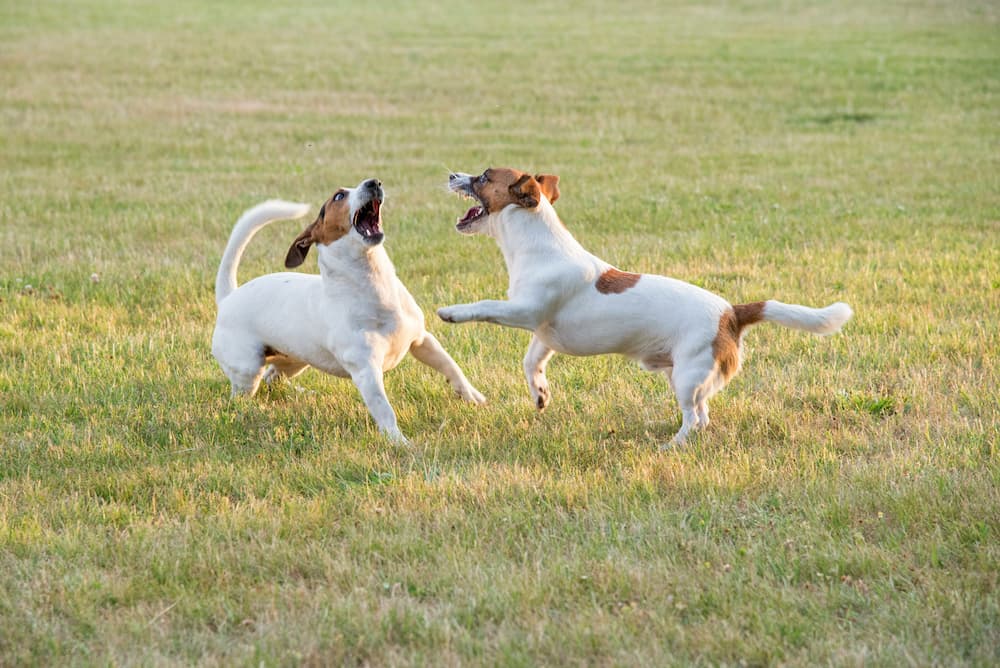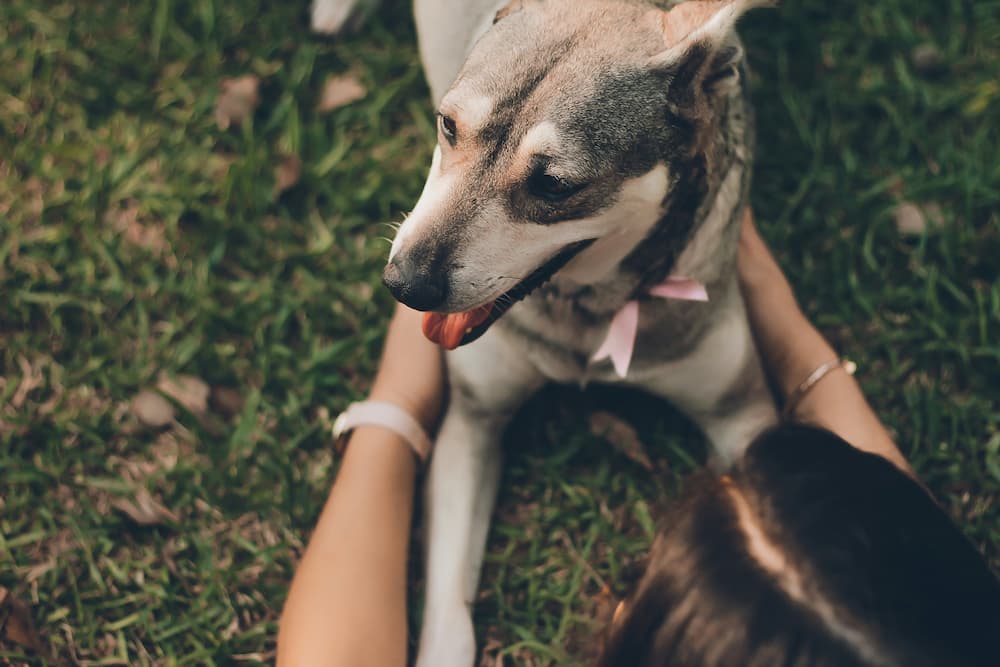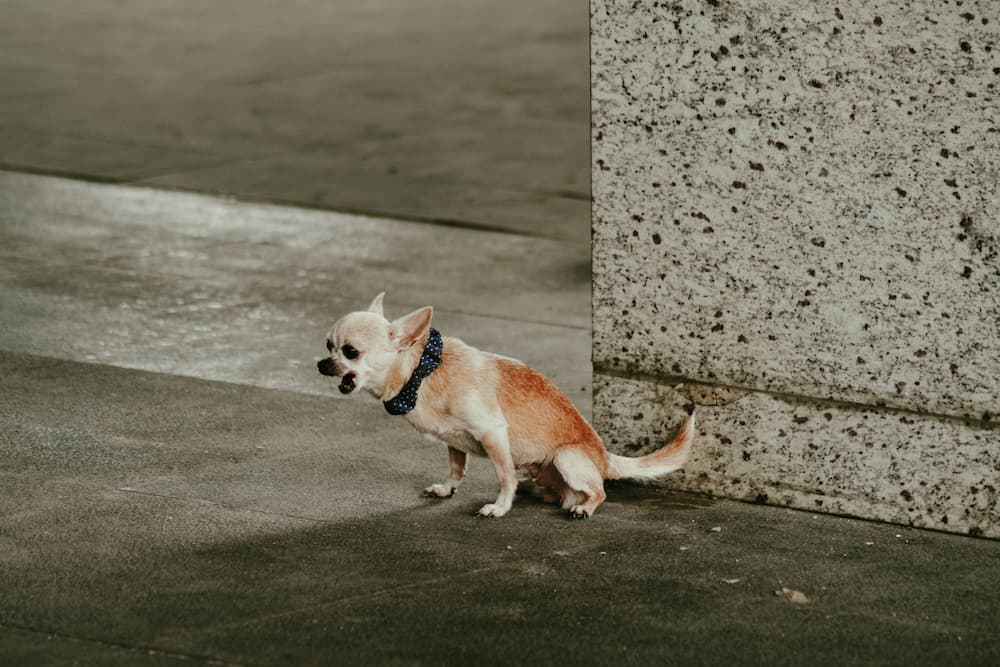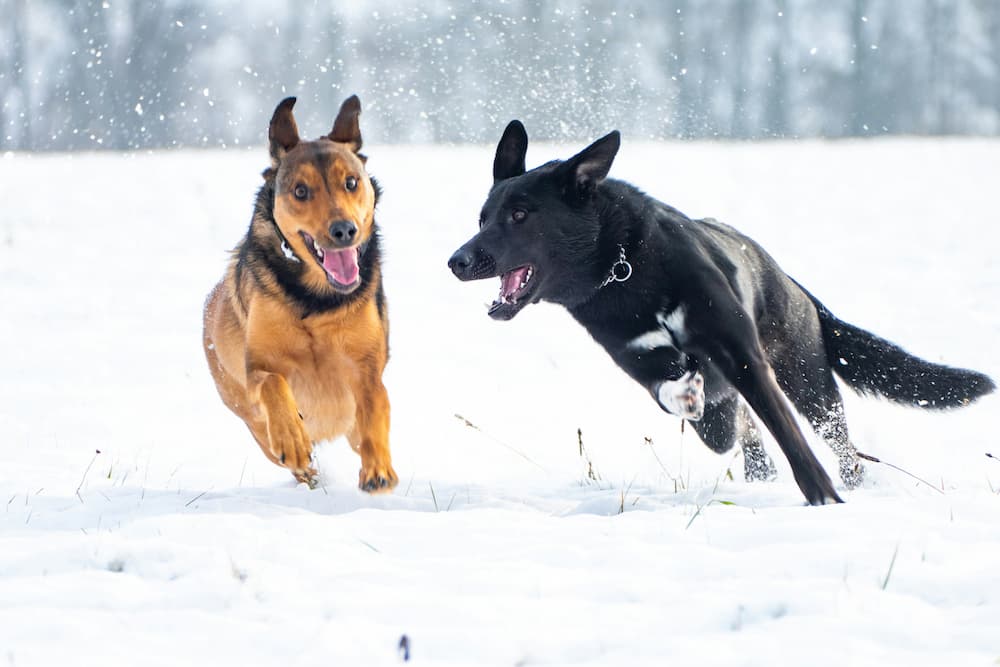Your dog bolts toward a busy road as you fumble with groceries. Or they leap onto your guests, leaving muddy paw prints. These everyday moments highlight why “stay” is more than a party trick—it’s a critical safety skill that builds impulse control and trust.
Like “sit” or “come,” “stay” is a foundational obedience command. It requires your dog to hold a position (sitting or lying down) until released, even amid distractions. The American Kennel Club emphasizes its role in preventing dangerous situations and fostering calm behavior. Whether you’re training a playful puppy or an adopted adult dog, this guide breaks down how to teach your dog to stay using science-backed, force-free methods.

Supplies to Teach Your Dog to Stay
The beauty of teaching “stay” is that you need very little! Forget complicated gadgets; success hinges on consistency and the right mindset. Here’s your essential toolkit:
High-Value Treats: Small, soft, and irresistible to your dog. Think cheese bits, tiny pieces of cooked chicken, or special training treats. Variety can help maintain interest! Avoid large or crunchy treats that take too long to eat.
A Hungry Pup (Optional but Helpful): Training before a meal often means your dog is more motivated by food rewards.
A Quiet, Familiar Environment: Start where distractions are minimal – your living room or a calm backyard. As your dog masters the skill, you’ll gradually add challenges.
A Leash (Especially for Beginners or Distractable Dogs): A lightweight, 4-6 foot leash provides gentle control if your dog tries to break the stay prematurely. Don’t use it to yank them back, but as a safety net to gently guide them back to position.
Patience & Positive Attitude: This is your most crucial supply! Dogs sense frustration. Keep sessions short, upbeat, and end on a success. How to teach your dog to stay is a journey, not a race.
A Marker (Optional but Recommended): A clicker or a distinct verbal marker like “Yes!” or “Good!” pinpoints the exact moment your dog performs correctly, making learning faster.
How to Teach Your Dog to Stay? A Step-by-Step Method
Let’s break down how to teach your dog to stay quiet using expert-recommended techniques, focusing on building duration, distance, and distractions gradually.
1.The Foundation – Short & Sweet
Start with Sit or Down: Ask your dog to perform a known, stationary command like “sit” or “down.” Praise and reward immediately while they are still in position.
Introduce the Cue: With your dog sitting, clearly say “Stay.” Use a calm, firm voice – not a question.
The One-Mississippi Stay: Immediately after saying “stay,” hold your palm out towards your dog (like a stop sign) for just one second. Then, say your release word (“Okay!”, “Free!”, “Break!”) in an upbeat tone, then praise and reward lavishly! The release word is crucial – it tells your dog the “stay” is officially over.
Repeat & Reward: Do this 5-10 times in a short session (2-3 minutes max). Reward every successful 1-second stay initially. Consistency is key for how to teach a dog to stay.
2.Building Blocks – Duration, Distance, Distraction (One at a Time!)
Increase Duration (Time): Once your dog reliably holds a 1-second stay for several repetitions, very gradually increase the time. Go to 2 seconds, then 3, 5, 10. Vary the times – sometimes 3 seconds, sometimes 7 – so your dog learns to hold until released, not guess how long. Reward during the stay for longer durations (“Good stay!”) and always upon release. If they break, calmly say “Oops!” or “Ah-ah,” guide them back to the exact spot, reposition them, and try again with a slightly shorter duration.
Increase Distance (Space): ONLY after your dog can hold a stay for at least 10-15 seconds reliably while you stand right in front of them, start adding distance. Take ONE small step back. Say “stay,” pause for 1-2 seconds, step back to them, pause, then release and reward. Gradually increase the distance (one step, two steps, across the room) and the time you pause before returning. Always return to your dog to release them at this stage. How to train a dog to stay involves mastering one challenge before adding the next.
Increase Distraction (Difficulty): This is the final frontier! Start adding mild distractions ONLY when duration and short distance are solid. Examples: Drop a treat near them (but reward them more for staying!), clap your hands softly, have someone walk slowly by at a distance. If they break, reduce the distraction level and rebuild. The RSPCA advises, “Set your dog up for success. Gradually introduce distractions in a controlled way.”
3.Key Tips for Success:
Use a Clear Release Word: This is non-negotiable. It signals the end of the behavior. Be consistent!
Reward in Position: Especially when building duration, deliver some treats while your dog is staying, not just at the end.
Hand Signal: Pair your verbal “stay” with a clear hand signal (palm facing dog). Dogs often learn visual cues faster.
Keep Sessions Short & Fun: 5-10 minutes, 2-3 times a day is far better than one long, frustrating session. End while your dog is still engaged.
Practice Everywhere: Once reliable at home, practice in different rooms, the yard, then quiet parks. Generalization is part of how to teach your dog stay effectively in real life.

How Long Does It Take to Teach a Dog to Stay?
Puppies: 2–4 weeks (short daily sessions). Start at 4–6 months when focus improves.
Adult Dogs: 1–3 weeks. Their longer attention spans accelerate learning.
Key Metrics: Aim for a 30-second stay at 15+ feet before adding distractions.
Training Sweet Spot: 5–10 minutes, 2–3 times daily. Quit on a successful rep to build confidence.
What to Avoid When Teaching Your Dog to Stay?
Knowing what not to do is just as important as knowing how to teach your dog to stay:
Rushing the Steps: Adding distance or distraction before your dog has mastered duration is a recipe for failure and frustration. Master one variable at a time.
Repeating the Cue: Saying “stay, stay, STAY!” repeatedly teaches your dog to ignore the first command. Say it once, clearly.
Releasing Accidentally: Unintentional movements (like turning away or stepping forward) can signal release. Be mindful of your body language. Only use your designated release word to end the behavior.
Calling Your Dog Out of a Stay: Never call your dog (“Come!”) to break a stay. This completely undermines the command. Always go back to them, release them, then call them or give another command. This is crucial for how to teach your dog to stay reliably.
Punishing Breaks: Yelling, jerking the leash, or showing anger if your dog breaks the stay creates fear and confusion, damaging trust. Simply reset them calmly and try an easier version.
Training When Frustrated: If you or your dog are stressed, end the session. Negative energy hinders learning.
Practicing Only in One Place: Dogs don’t generalize well. Practice in multiple locations for the command to stick everywhere.
Expecting Too Much Too Soon: Especially with puppies or easily distracted dogs. Celebrate small wins! Learning how to teach a puppy to stay requires extra patience.

Conclusion
Teaching your dog a reliable “stay” is one of the most rewarding and essential skills you can share. It’s not just about control; it’s about clear communication, building trust, and ensuring their safety in an unpredictable world. By understanding how to teach your dog to stay using positive reinforcement, patience, and a clear step-by-step approach, you’re investing in a lifetime of better companionship.
FAQ
At what age can a dog learn to stay?
Puppies can start at 8–10 weeks with 1–2 second stays. However, 4–6 months is ideal as their impulse control develops.
Can I train an older dog to stay, or is it too late?
It is absolutely never too late to teach an older dog “stay”! While older dogs might have ingrained habits or take slightly longer to learn new patterns compared to puppies, they are fully capable of learning.
What is the hardest command to teach a dog?
While difficulty varies by individual dog and breed, the “recall” (a reliable “come” command, especially in high-distraction environments like a dog park or when chasing wildlife) is widely considered one of the hardest commands to proof to perfection. It requires overcoming incredibly strong natural instincts (like prey drive or the desire to greet other dogs).
Visited 1 times, 1 visit(s) today





